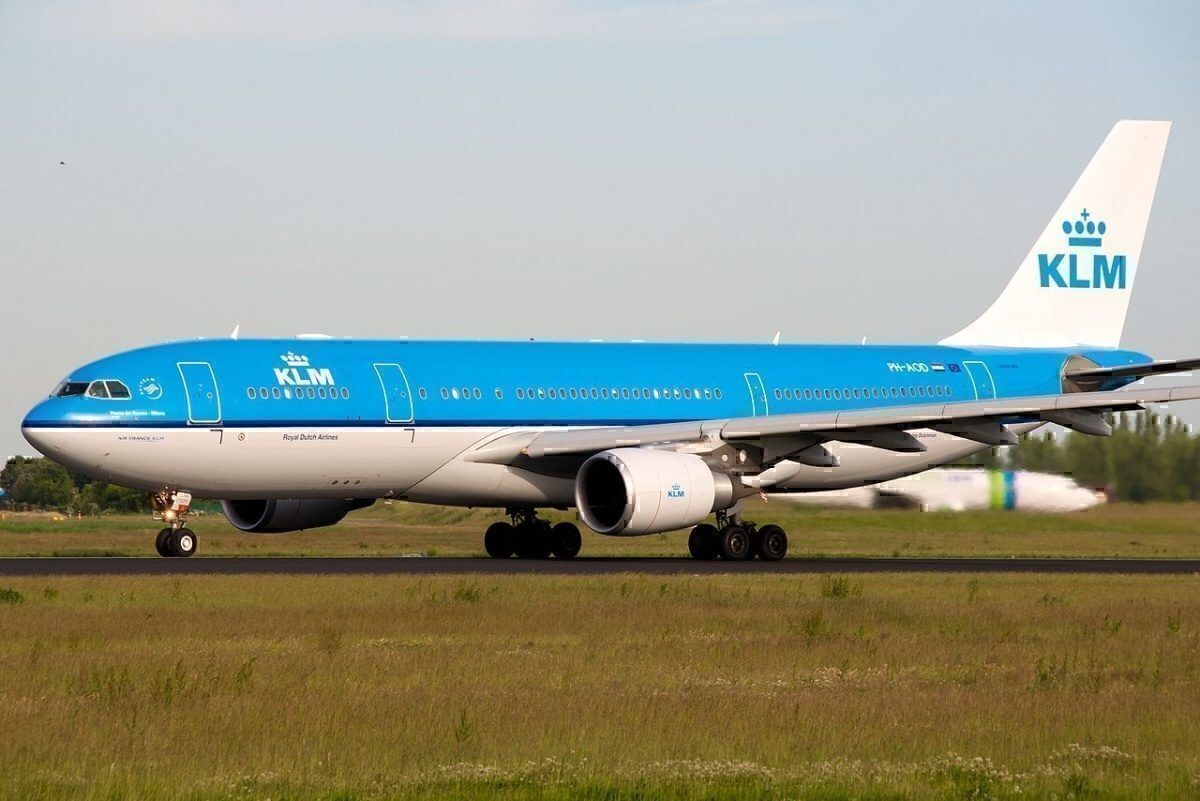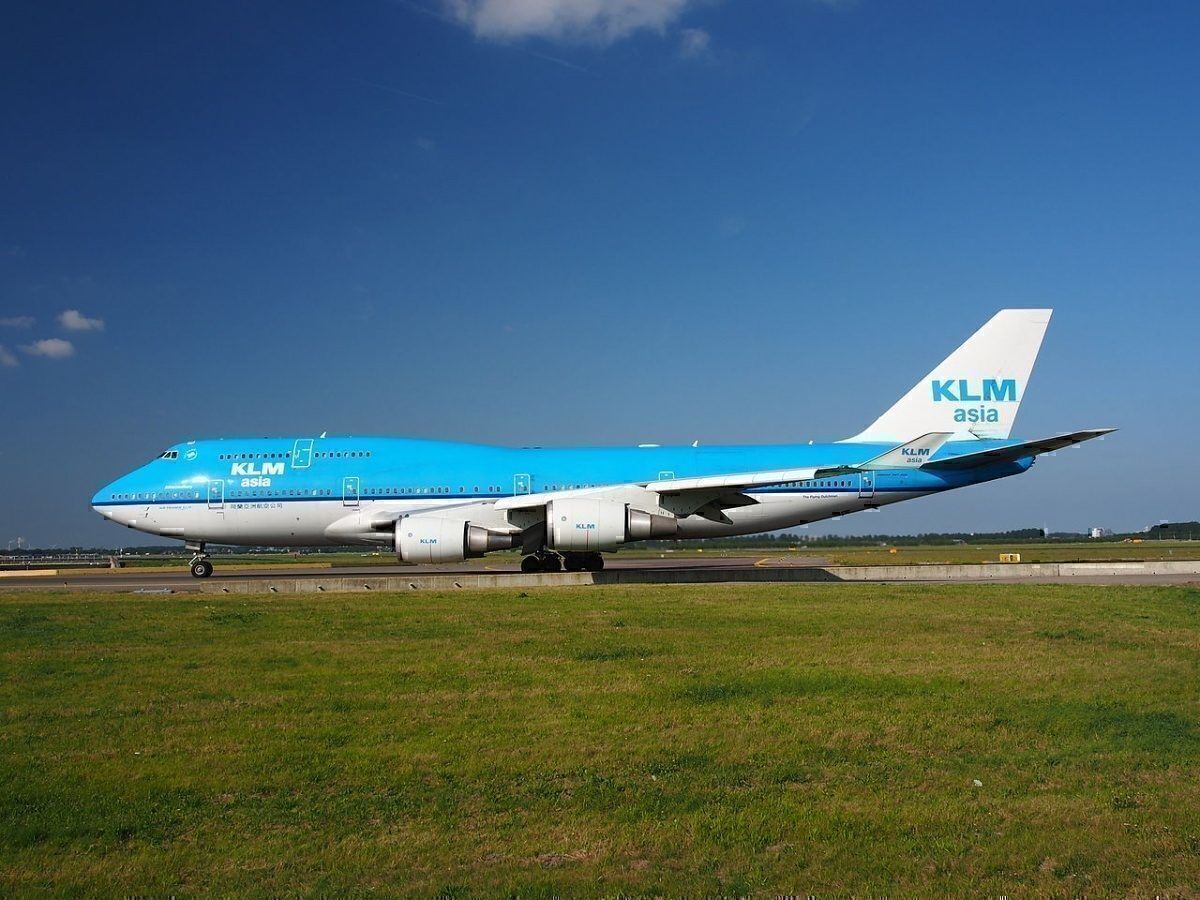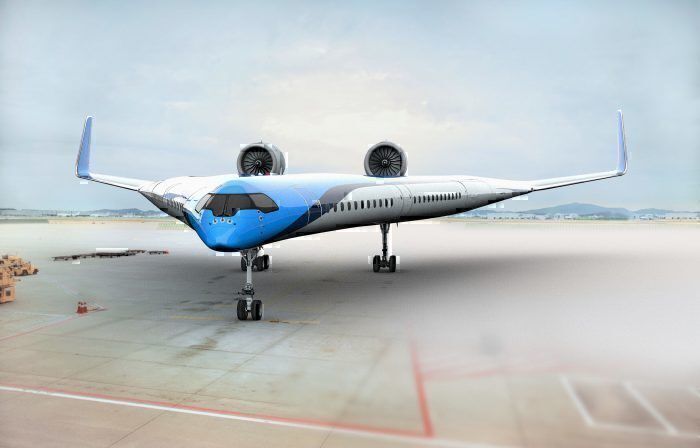Staff at KLM Royal Dutch Airlines will no doubt be recovering from the airline’s 100th birthday celebrations yesterday. The company was founded on October 7th, 1919, and has gone on to become the world’s oldest surviving airline.
KLM first launched with cross-channel flights to London from Amsterdam before expanding with global services to Asia. The Netherlands based outfit still stands tall, serving 145 destinations with its 120 airliners.
Still going strong
During a delicate time in the aviation industry, KLM is still going strong and shows no signs of slowing down. The airline merged with Air France in 2003, a move that has proved beneficial for the two companies. According to a press release by the group, it served over 100 million passengers in 2018. This follows an upwards trend, with the business serving 99 million passengers in 2017.
The firm has already shown its intent to start next year on a high by affirming its stance within the United Kingdom. KLM currently serves 16 destinations within the UK. CEO Pieter Elbers stated that his company is committed to serving the region via these hubs as a gateway to other destinations.
Along with maintaining a focus across the English Channel, the carrier is launching adventurous projects across the rest of Europe. Last month, KLM inaugurated the first automatic jet bridge in the region, hoping to cut the docking process down to just one minute. Therefore, the firm can increase aircraft turnaround efficiency and serve customers more effectively.
New prospects
Projects such as this will help the veteran airline continue as a major player as the next decade approaches. KLM is keeping up to date with the latest technology to work on the jet bridge project. Here, smart cameras combine with other sensors to recognize the doors of an airliner and identify the aircraft.
KLM's showed its futuristic intuition with the announcement of the 'Flying-V' plane. This project completely overhauls the look of an aircraft as we know it. The model incorporates an airliner's wings, fuselage and cabins into one unit. The airline partnered with the Delft University of Technology to create an efficient, long haul airliner. The jet will be able to do everything that an Airbus A350 does, but with lower operating and environmental costs.
The two organizations have also aligned on a new cooperative agreement to work on making aviation more sustainable. By diving into these technological revolutions, KLM will be able to remain at the forefront of European aviation in many decades to come.
However, the uncertainty within the aviation market has left the industry with many questions. Many key carriers have struggled to remain profitable over the last few years due to global hardships. Even after 178 years of providing travel services, Thomas Cook had to succumb to liquidation last month. Growing debt, changing market conditions and operational issues all became too much for the long-lasting company.
Market adaptability
Even though there is no certainty as to what can happen in the future, KLM is currently in a much better position than Thomas Cook was before it collapsed. This year, Air France-KLM reported that operating profit rose by 16 percent year on year to €400m in the three months leading up to June.
The group is evidently in the right hands, with management effectively budgeting and cutting costs in important areas. The group had cut costs by 2.3 percent on a constant currency basis, offsetting a €220 million rise in fuel costs to €1,404 million. It is unpredictable fuel costs that can be detrimental to KLM or any airline’s future.
With oil prices continuing to fluctuate, airlines' profits can turn from red to black in an instant based on fuel costs. With jet fuel innovations underway in KLM’s home nation, it would not be a surprise to see the airline lead fuel cultivation schemes in the next era.
KLM has already shown its ability to adapt with the launch of its Blue Bot (BB) AI program. BB is a self-learning system, which can help book tickets and help with customer service queries. She is also supported by 250 human service colleagues, which can assist when the query becomes too complex. By combining its initiatives in AI, engineering, the environment and operations, KLM will continue to be a driving force in aviation for the next 100 years.
We wish KLM a prosperous future following a century of providing flights across the globe. Simple Flying contacted KLM for comment on its celebrations and its upcoming plans. However, we had not heard back prior to publication. We will update the article with any further information.
Where do you see KLM in the next 100 years? Let us know in the comment section.



